Why do we buy certain products or use certain brands?
Key Points:
- Until the 1940s, market research was quantitative. It used sales figures and customer polls to track consumption. This changed during World War II.
- Instead of polling large numbers of people with straightforward questions and quantifiable answers, the researchers conducted personal interviews in small groups, engaging in open discussion. This method was later picked up by the advertising industry thanks largely to psychologist Ernest Dicther, who first coined the term “focus group.”
- Focus groups are qualitative, focusing on the nature of people’s preferences and thoughts. They’re not about percentages or numbers, but they give insight into why people make decisions in purchasing.
- Companies recruit groups of people based on specific criteria that meet research objectives. Professional recruiters usually manage these groups. Participants are asked to respond to questions from the group moderator concerning emotional reactions to advertisements.
- Focus groups have limitations. One main one is that the act of observing something can change it. This is called “observer interference.” Answers people give are often affected by the presence of a researcher or moderator or the social pressure implicit in being part of a group discussion.
Quote This:
The simple truth is that everyone has an opinion, everyone has a right to voice it, and they should if they want to. – George Clooney
Talk About It
- What is your initial reaction to this topic? What jumped out at you?
- Does your company, group, or team use focus groups? What insights have you gathered by using them? If you haven’t used them, how could they be helpful for you?
- In what ways is quantitative research helpful? In what ways is it not so helpful?
- What are some useful distinctions between quantitative and qualitative data when it comes to your specific team, group, or company?
- How can what this topic covers be implemented into your company, team, or group? Give one example.
- Write a personal action step based on this conversation.






